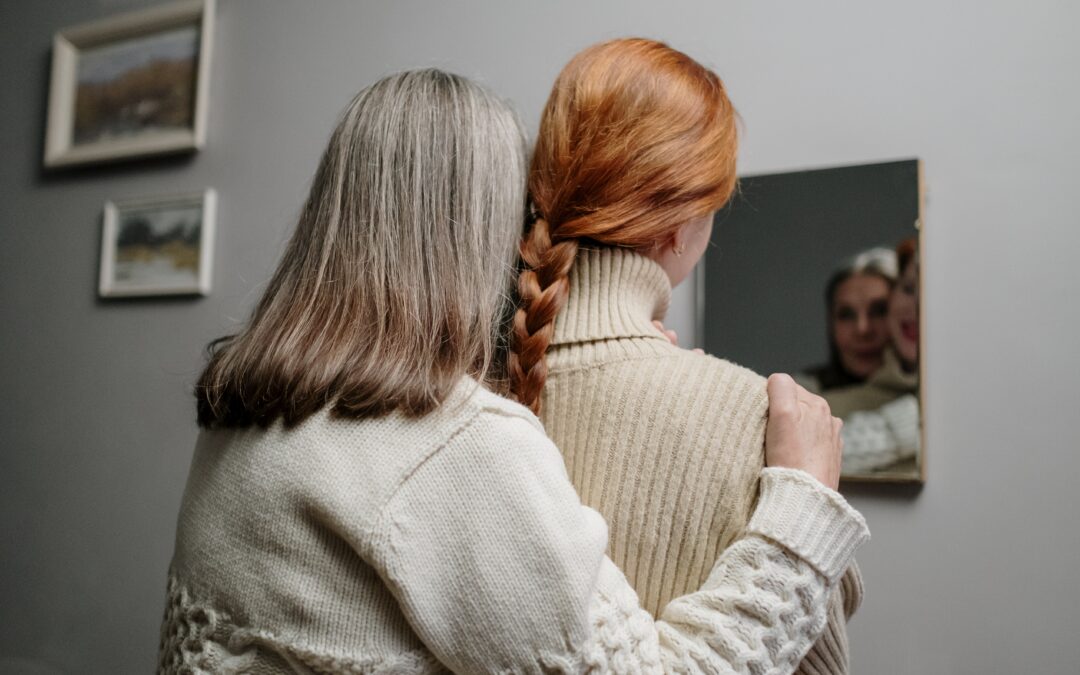Many of us will ring in 2022 with New Year’s Eve parties, champagne, and the Times Square ball drop. If you’re like most people, you’ve probably heard the song “Auld Lang Syne” and have no idea what it’s about, much less why we still play it. Why does this old-time song continue to be a favorite on New Year’s Eve despite its antiquated title, and what’s the point of singing it?
For Old Times’ Sake
The words date back to 1788, when the poet Robert Burns wrote a poem based on collected lyrics from an old Scottish song. The words “auld lang syne” translate to “old long since,” meaning something like “times gone by.” It gained immediate popularity ringing in the new year at celebrations across Scotland and England, and quickly thereafter spread to America. Whether you’ve heard it on Dick Clark’s Rockin’ Eve show or in the film It’s a Wonderful Life, the tune tinges our celebrations with a hint of longing, playing on themes of friendship, memory, and the passage of time:
Should old acquaintance be forgot,
and never brought to mind?
Should old acquaintance be forgot,
and old lang syne?
CHORUS:
For auld lang syne, my dear,
For auld lang syne,
We’ll take a cup of kindness yet,
For auld lang syne.
And surely you’ll buy your pint cup!
And surely I’ll buy mine!
And we’ll take a cup o’ kindness yet,
For auld lang syne.
A song about drinking and reminiscing together is about as simple as it gets, but it reaches the heart of what is so often lacking in today’s atomized, divided world – reflection on and appreciation of a shared past, and enjoying the present together, setting aside the cares and woes of today. One might accuse those seeking to preserve the song as nostalgic for a harmonious yesteryear that never existed, but the value of remembrance is not so much to relive the good old days, but to be bound together in fond recollection of it in the present time.
A Loss of Togetherness
In recent years, perhaps in part due to this kind of cynicism, the song has seen a decline in popularity. As NPR wrote a few years ago, “maybe Burns’ archaic language doesn’t mean much to young people today, in a more diverse society. Or maybe […] people don’t get together and sing anymore.” Our cultural lack of group-singing (especially in a casual, non-concert setting) is yet another result of the decline in family and community life, but also of the commercialization of leisure. Singing used to be something people did together for fun, or to commemorate important religious or secular occasions. Now, singing is a less a common feature of social life than a performance for consumption, a domain reserved for the musically trained and gifted. Songs like Auld Lang Syne, which hearken back to the very human tradition of singing, drinking, and celebrating together, are lost on our society today precisely because we have ceased doing this together in a casual, error-friendly way.
Reviving an Old Tradition
Today, we encourage you to be brave and revive this old tradition by printing out some music, throwing a party, and inviting your friends or family to sing along. Whether you’re young, old, learning by ear, sight-reading, or just trying your best to carry the tune, you don’t have to have to be a trained singer to share in a moment of fun and remembrance. By choosing to sing together again, we might awaken a love for song (and for togetherness) in ourselves and future generations, which is as much a part of preserving family life as is your defense of family through the Love and Fidelity Network.







